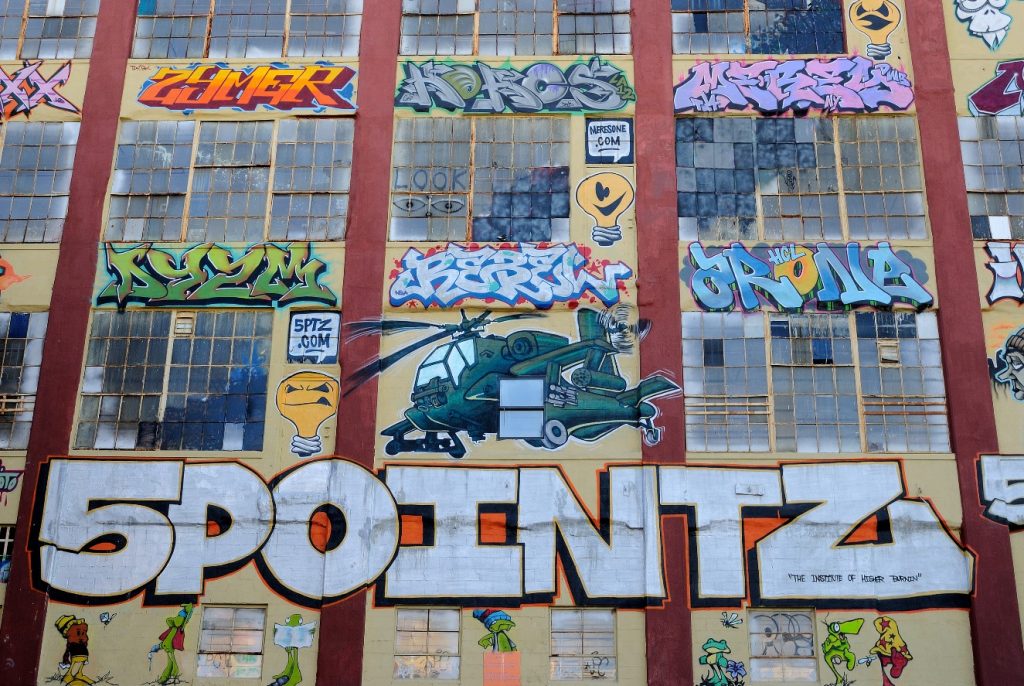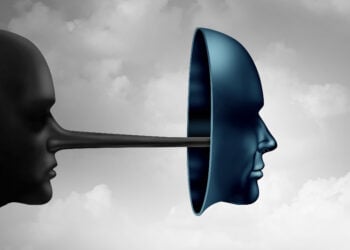If you know someone who loves modern art, perhaps you can relate to this scenario. You’re walking through MOMA and come upon a painting that looks like just a bunch of lines. And as your companion explains to you that it’s a brilliant example of the De Stijl movement, you respond with a blank stare. Or perhaps you’re a lover of contemporary art and can relate to explaining the subversive charm of a stencil on the side of a building depicting a leopard escaping from a bar code cage to someone who believes that “real” art comes framed in a gallery or museum. These can be tough spots, and the complexities have been demonstrated in the recent 5Pointz Litigation case.
There’s an inherently subjective component to art. People react differently upon seeing the same work. And novel subjects and mediums can be particularly difficult when they differ from preconceived notions of what art is or should be. As a result, demonstrating the value of new modes of artistic expression isn’t always easy.
Aerosol Art
Now imagine this. You’re a litigator charged with convincing a jury that aerosol painting on the side of a building in Queens is art of “recognized stature” entitled to protection under federal copyright law. That was the task of the attorneys representing street artists in a federal action in the United States District Court for the Eastern District of New York titled Jonathan Cohen, et al. v. G&M Realty L.P., et al. (the 5Pointz Litigation). And it paid off, bigly.
The plaintiffs, a group of 21 aerosol artists, commenced the 5Pointz Litigation against Gerald Wolkoff and real estate entities under his control in 2013. At the time, they sought an injunction to prevent Wolkoff from demolishing derelict property on which he had allowed the plaintiffs to create and display their work for over 10 years. Before the court issued its order on the plaintiffs’ motion for preliminary injunctive relief, Wolkoff destroyed most of the plaintiffs’ paintings by whitewashing the artwork without providing the plaintiffs an opportunity to remove or otherwise preserve it. In the process, Wolkoff destroyed what the plaintiffs alleged was “one of the foremost collections of aerosol art in the world,” which came to be known as “Graffiti Mecca.”
While the plaintiffs asserted a number of claims, the foundation of their action lay in the Visual Artists Rights Act of 1990 (VARA), 17 U.S.C. §106A. The plaintiffs contended that their paintings were “works of visual art” under 17 U.S.C. §101 and copyrightable subject matter. They further contended that they had the right to prevent the destruction of their work and to seek monetary damages under the statute as a result of its “destruction, distortion, mutilation, or other modification . . . .” See 17 U.S.C. §106A.
As Judge Frederick Block recognized in his rulings, the 5Pointz Litigation was rife with tension. Rights created by VARA seemed to conflict with the conventional notion that people should be free to do what they want with their property. Not only did the plaintiffs’ assertion of their rights affect Wolkoff’s ability to tear down the 5Pointz complex to build condominiums, but it also exposed him to potentially significant damages in the event that the court were to conclude that the plaintiffs’ works were “of recognized stature.” See 17 U.S.C. §106A.
Pricey Penalty
Although the 5Pointz Litigation was tried before a jury, the plaintiffs waived their jury right prior to closing arguments. However, the court kept the jury in an advisory capacity, and it concluded that the plaintiffs were entitled to damages for 36 of 49 of their works. The court agreed and further concluded that the plaintiffs were entitled to damages for an additional nine works. The court went on to award the maximum statutory damages available under VARA for each of the 45 works that the defendants wrongfully destroyed. The collective damages award was $6.75 million.
The 5Pointz Litigation is a cause for celebration for those who dedicate their time and talents to creating works of visual art. It demonstrates that federal law enacted to protect their work has teeth and that there may be serious repercussions for those who destroy it. On the other hand, it is also a cautionary tale for owners of property containing art of recognized stature. Property owners with culturally, historically or otherwise significant murals would be well advised to consult counsel before tampering with the art. Steve Kerbaugh









